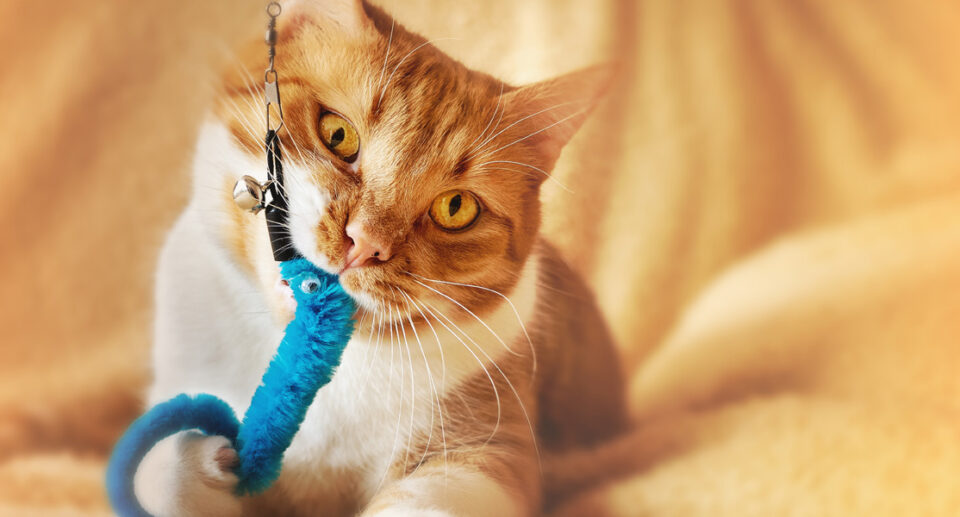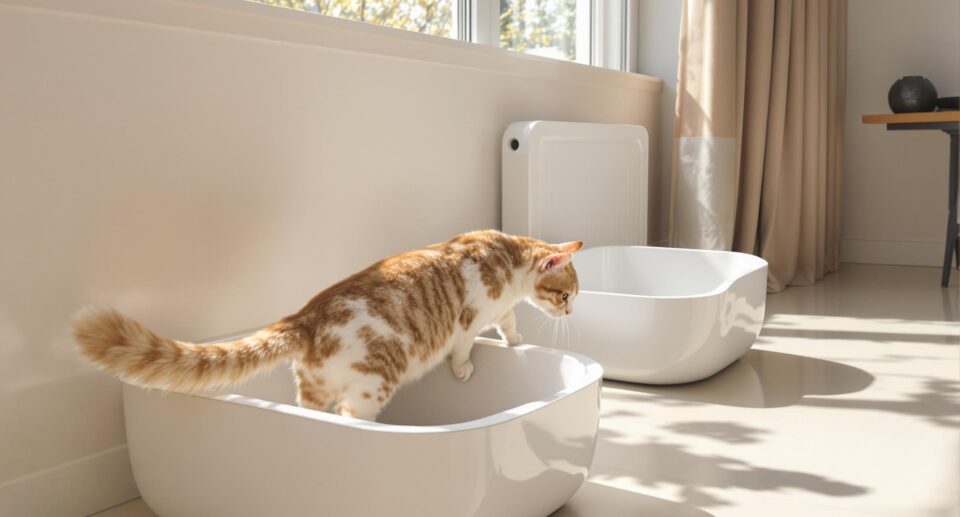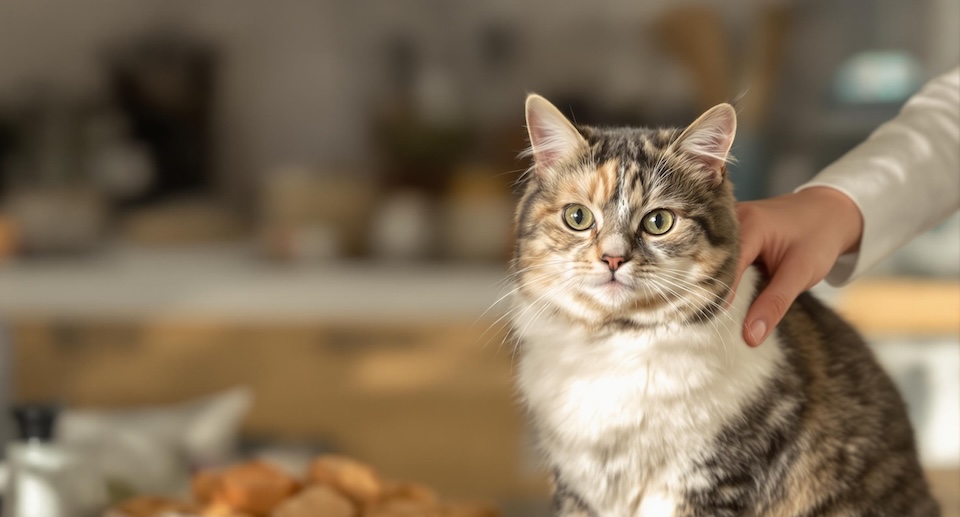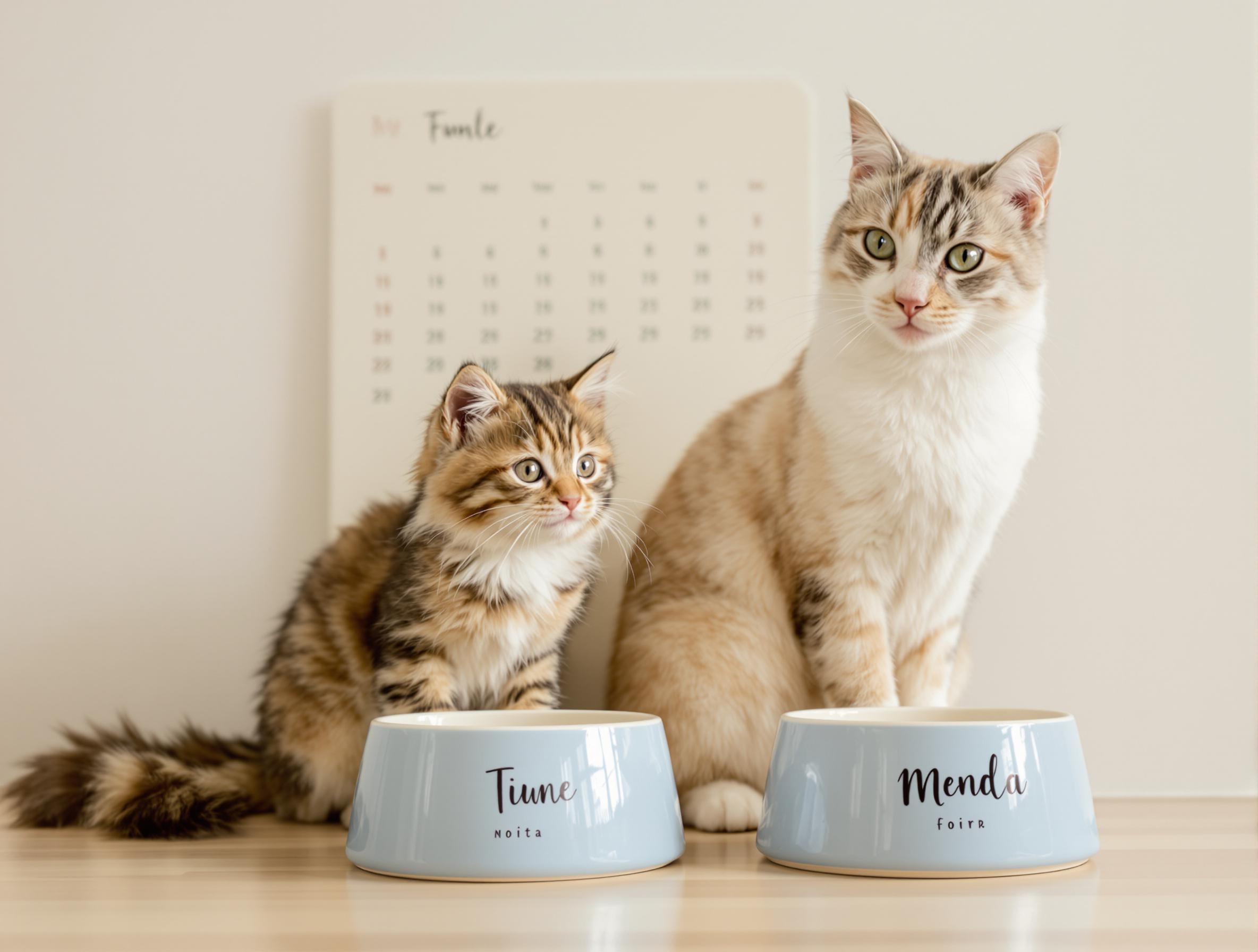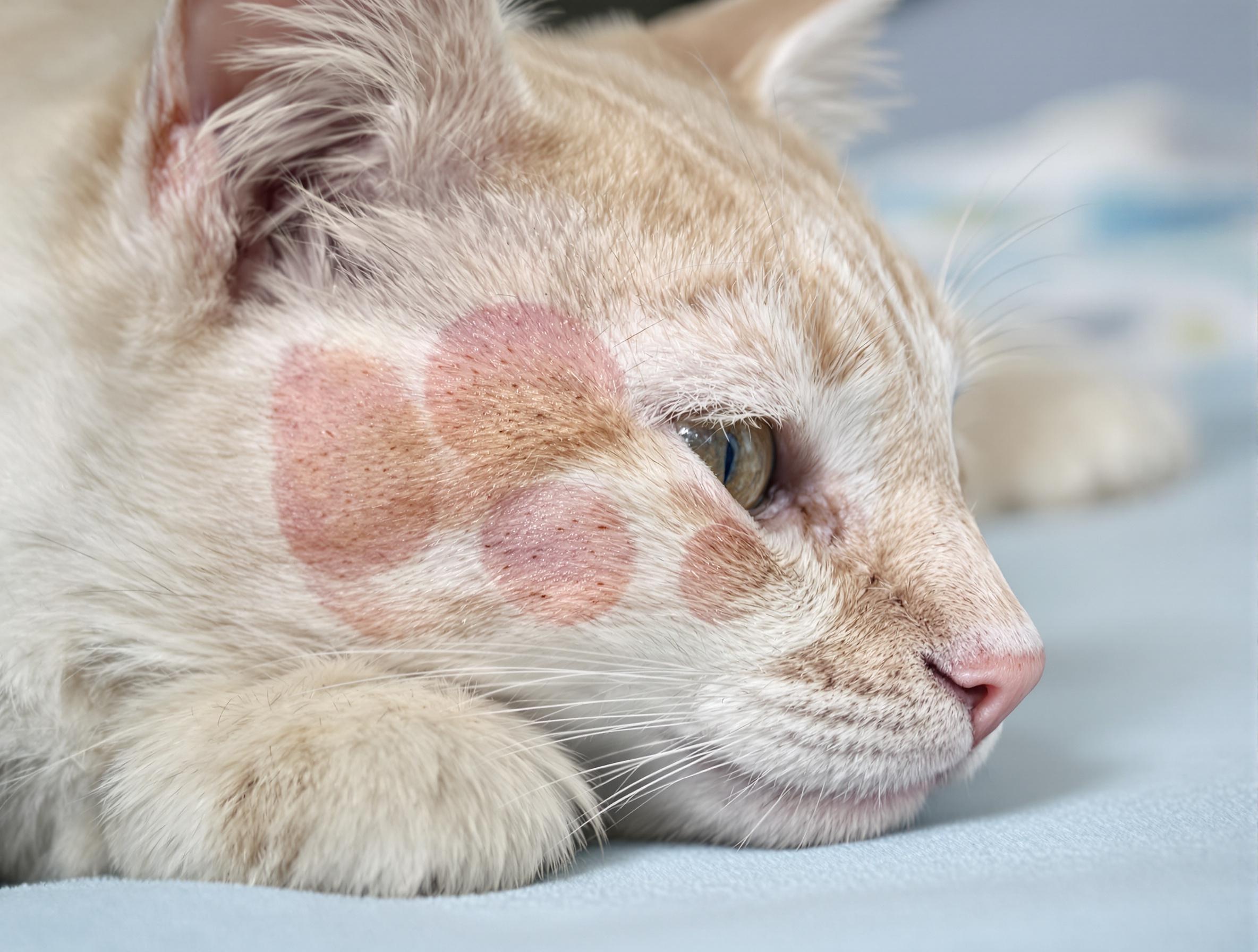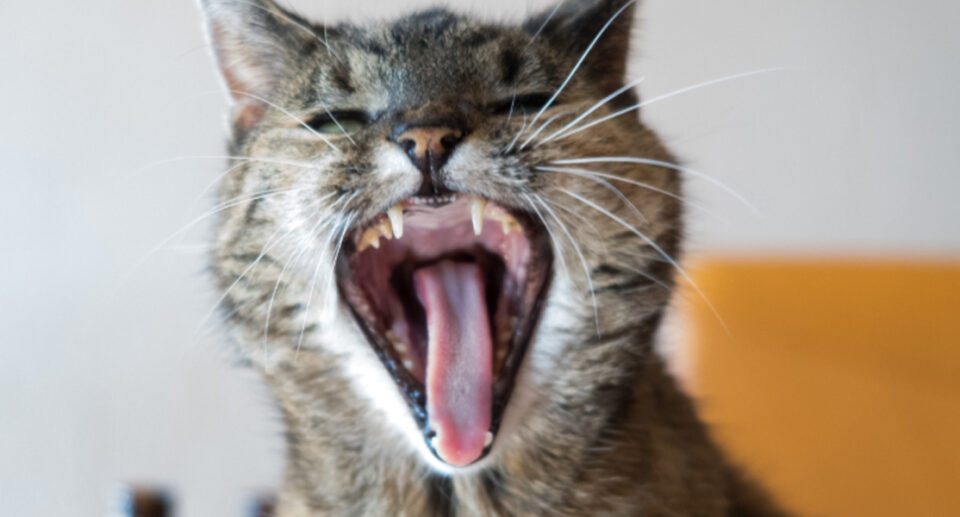
A hairball may sound like an innocuous tumbleweed of fur, but if your cat has ever had one, you know that they’re actually much more gruesome than the name implies.
If you’ve ever caught your cat hunched over, retching, and wheezing until they produced a slimy tube of hair, bile, and saliva, you’ve witnessed the birth of a hairball. Or, you may have never seen your cat cough up a hairball, but found a wet, clumpy wad of fur somewhere in your home.
National Hairball Awareness Day, observed on the last Friday of April, is all about learning what causes hairballs and how you can keep your cat’s digestive system healthy and hairball free.
Why Hairballs Are More Than Just A Glob of Gunk
While hairballs are relatively common for cats, it’s not a normal, inevitable part of having a feline family member. Bringing up a hairball is an unpleasant process – both for your cat and anyone observing them.
A particularly large or compressed hairball can actually cause a gastrointestinal blockage, leading to a potentially life-threatening obstruction. The following tips can help reduce or eliminate hairballs in the future, but if your cat has been struggling to vomit, has been retching, gagging, or otherwise showing signs of illness, seek immediate veterinary care.
5 Ways To Stop Your Cat’s Hairballs
1 Brush your cat regularly Though your cat is self-grooming, that does not necessarily mean that they don’t need your help to stay clean and healthy. When your cat self-grooms, they’re licking the top of their coat with that rough little tongue. Their tongue is covered in backwards-facing barbs that draw dirt, debris, and loose fur into their mouth, that’s how they can end up swallowing so much fur. Brushing your cat with a deshedding brush penetrates your cat’s smooth, top coat and reaches the downy, fuzzy undercoat, loosening it much more effectively than your cat can on their own. With regular brushing, you’ll remove the shedding undercoat before your cat can swallow it.
2 Get ready for hairball season It’s no coincidence that Hairball Awareness Day falls in the middle of spring, just as cats are shedding their winter coats. More shedding means more fur swallowed during self-grooming, so you’ll likely see more hairballs in the springtime. To get prepped, you can brush your cat more often as the weather starts to warm up. Some cats need to be brushed daily during shedding season to stop hairballs from happening.
3 Increase your cat’s fiber intake When your cat does swallow their own fur, ideally it will travel smoothly through their digestive system and pass through their poop. Supplementing your cat’s diet with soluble fiber can help ensure that your cat passes small amounts of loose fur before it snowballs into a compressed clump. Soluble fiber dissolves in water and forms a gel in the digestive tract, helping fast-track fur though the gut and ultimately, into the litter box. You can give your cat more fiber with a hairball remedy supplement or digestive support cat food that contains psyllium husk or another source of soluble fiber.
4 Keep your cat hydrated Inadequate hydration can slow down your cat’s digestion, causing small amounts of fur to clump together. A moisture-rich diet allows soluble fiber to work its magic and helps your cat’s gut move more quickly and smoothly. You can increase your cat’s water intake by switching from kibble to a canned cat food or fresh diet
5 Give your cat fish oil An omega-3 fatty acid supplement like fish oil or omega-3 chews for cats provides healthy fats that protect your cat’s heart health, immunity, joints, and neurological function at any age. When it comes to hairballs, omega-3 fatty acids work double duty by keeping your cat’s gastrointestinal tract lubricated so hair wads smoothly travel through the digestive system. Plus, omega-3s support your cat’s skin and coat health and can reduce excessive shedding
If grooming, dietary changes, and supplements don’t help your cat have fewer hairballs, see your veterinarian, who may want to rule out underlying gastric issues or recommend other lifestyle changes or remedies to keep your cat’s digestive tract on the move.
VISION
Every pet deserves to live a long, happy, healthy life.

